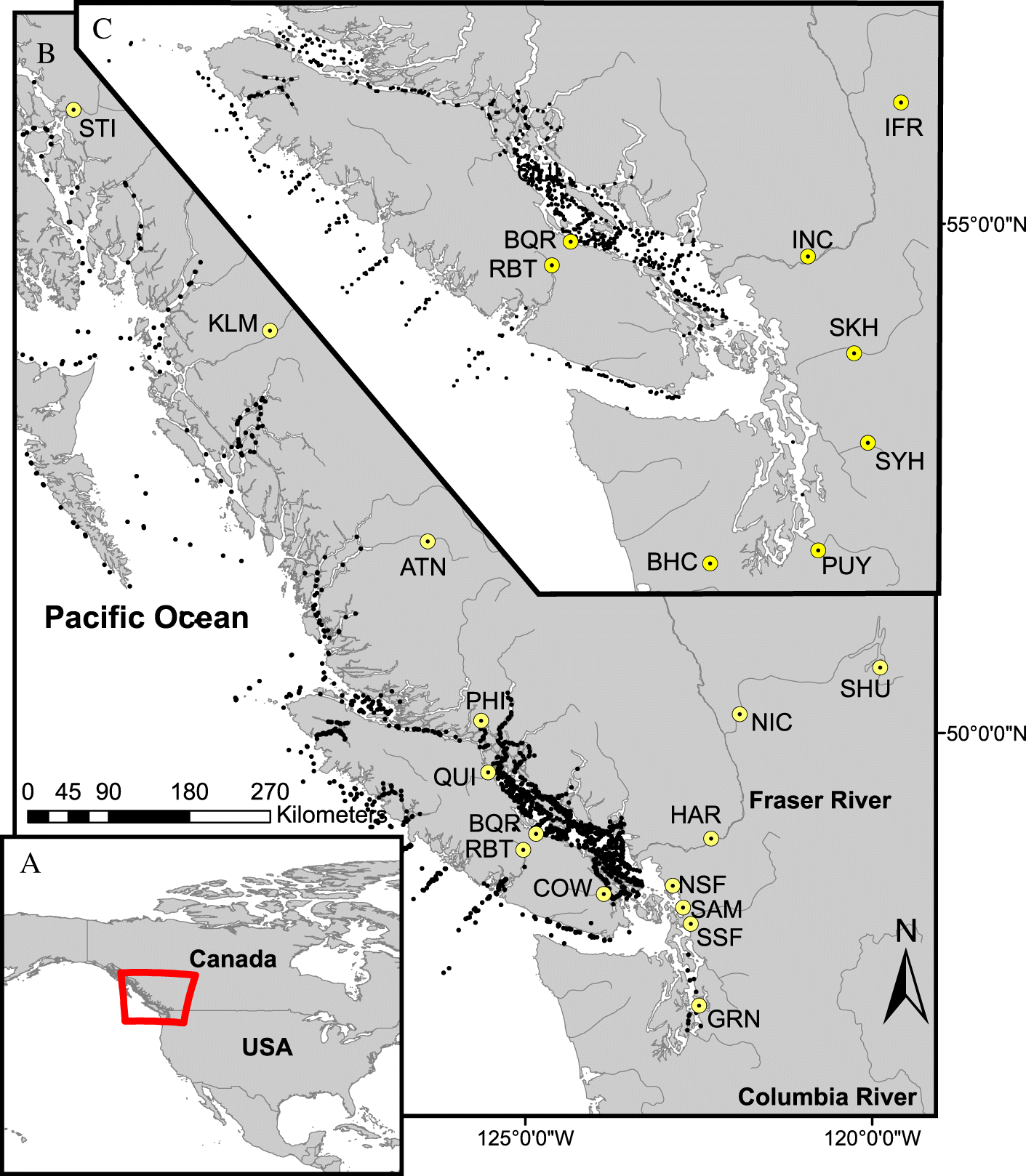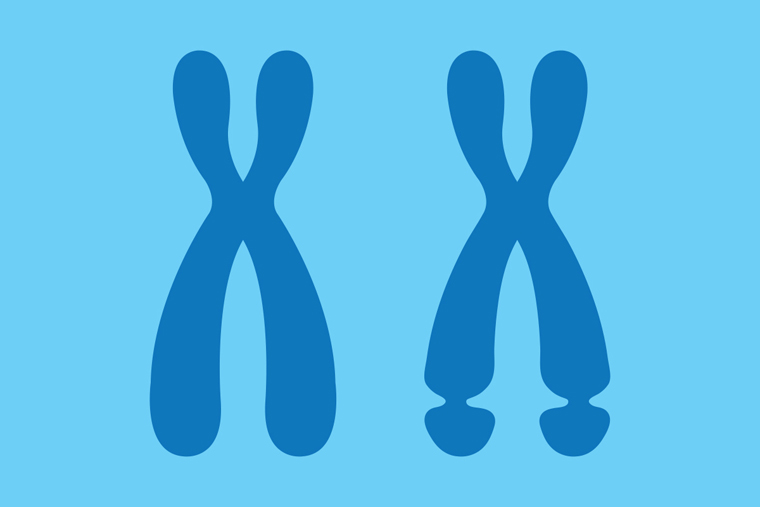2022-05-19 スウェーデン・リンショーピング大学
COVID-19が重症で長期にわたる場合、肺以外の臓器にも重大な影響を及ぼすことがあります。例えば、心臓、腎臓、目、鼻、脳などに複雑な症状や障害、血液凝固障害などが続くことがある。この病気がなぜこのように身体に影響を及ぼすのかは、ほとんど謎のままです。このたび、LiUの研究者は、これまで報告されていなかった、説明の一部となりうる生物学的メカニズムを発見しました。
<関連情報>
- https://liu.se/en/news-item/mojlig-mekanism-bakom-gatfulla-symtom-vid-covid-19-upptackt
- https://pubs.acs.org/doi/10.1021/jacs.2c03925
SARS-CoV-2スパイクタンパク質のアミロイド形成 Amyloidogenesis of SARS-CoV-2 Spike Protein
Sofie Nyström and Per Hammarström
Journal of American Chemical Society Published:May 17, 2022
DOI:https://doi.org/10.1021/jacs.2c03925

Abstract
SARS-CoV-2 infection is associated with a surprising number of morbidities. Uncanny similarities with amyloid-disease associated blood coagulation and fibrinolytic disturbances together with neurologic and cardiac problems led us to investigate the amyloidogenicity of the SARS-CoV-2 spike protein (S-protein). Amyloid fibril assays of peptide library mixtures and theoretical predictions identified seven amyloidogenic sequences within the S-protein. All seven peptides in isolation formed aggregates during incubation at 37 °C. Three 20-amino acid long synthetic spike peptides (sequence 192–211, 601–620, 1166–1185) fulfilled three amyloid fibril criteria: nucleation dependent polymerization kinetics by ThT, Congo red positivity, and ultrastructural fibrillar morphology. Full-length folded S-protein did not form amyloid fibrils, but amyloid-like fibrils with evident branching were formed during 24 h of S-protein coincubation with the protease neutrophil elastase (NE) in vitro. NE efficiently cleaved S-protein, rendering exposure of amyloidogenic segments and accumulation of the amyloidogenic peptide 194–203, part of the most amyloidogenic synthetic spike peptide. NE is overexpressed at inflamed sites of viral infection. Our data propose a molecular mechanism for potential amyloidogenesis of SARS-CoV-2 S-protein in humans facilitated by endoproteolysis. The prospective of S-protein amyloidogenesis in COVID-19 disease associated pathogenesis can be important in understanding the disease and long COVID-19.


